
After living in a beautiful big old 1890 two-storey villa that they had been restoring for 14 years, Richard Houghton and his wife decided it was time to build a new healthy and comfortable home. Summers spent in the villa were lovely, nice and cool, but the winters were freezing cold with the house being impossible to heat. This was despite the house being North facing and tucked into the side of the hills that protected it from the prevailing winds.
The Houghtons opted for a lifestyle property in Mahurangi West, North of Auckland, with the piece of land being gently sloping but exposed to every wind direction. Firstly, they were not fond of doing another re-site reno of an old house as they had completed four previously. However, the priority was clear — to build a new warm and healthy home. Unfortunately, none of the ‘Group Housing’ plans, layouts or specifications appealed to them, and as Richard said, “Why shoot for the minimum? I have never gone for the worst performing car I could find or to find a job that would only ever pay the minimum wage, so why would I want to build a house that shot for the absolute minimum building standard?"
Richard, a construction planner by trade, undertook a lot of research on energy-efficient and healthy homes, and found invaluable information on SIPs panel construction, thermal bridging, insulated floor slabs, mechanical ventilation and so the list go on. Even with reputed builders trying to convince them to go with a tried and tested stick build, after long discussions, Richard and his family settled with a SIP’s panel design.
Following his wife’s brief for a feel of an industrial, agricultural, on-budget and non-generic looking design, Richard then looked into doing things smarter and more efficiently. Together with his architect, they came up with a design that was very well optimised for the footprint they had and lends itself well to SIP construction. And the whole process was about to start
Once the final consent was approved in August 2021, walls were being stood within the week. On day one, half the walls were stood. “This is going to be finished in no time”, they thought! But that was just the beginning. Unfortunately, on day two of the build, the country went back into a lockdown. The construction process suffered with timber delays. After intense communication with MBIE and pleading with timber yards, they were able to secure enough timber for the internal framing, basically just 10 sticks at a time. The rest of the walls and the roof panels were in place only five days after the lockdown finished.
Pro clima SOLITEX EXTASANA wall underlay and SOLITEX EXTASANA ADHERO self-adhesive wall/roof underlays were both put forward as options for the weather resistive barrier protecting the wall panels. Richard was pleased that he had made the decision to go with the SOLITEX EXTASANA ADHERO self-adhesive option in the end, given the extended period of time that the panels were exposed to the weather during the lockdown. Panel manufacturer New Zealand Structural Insulated Panels (NZSIP) Limited supplied the panels to site with the SOLITEX EXTASANA ADHERO already installed, which ensured the panels never had a chance to get wet, and with no penetrations from fixings the risk of external moisture ingress was massively reduced both during construction and for the life of the building.
Once the panels were secured in position, the panel joins were sealed with TESCON EXTORA weathertight flashing tape. The same tape was used to seal the internal side of the joins, which is critical to avoid interstitial condensation from internal moisture sources and assists in making the building envelope more airtight and energy efficient.
The SIPS roof panels were protected by a layer of SOLITEX MENTO 3000 connect roof underlay once erected. The product features adhesive strips on both edges of the roll, enabling the laps to be perfectly sealed, and all staple fixings covered. Ensuring the weather resistive barrier is continuous and free of holes is even more critical on SIPS roof panels as the cooling effect of night sky radiation is greater than on the walls, and the resulting condensation always finds the path of least resistance. TESCON NAIDECK sealing tape was used under the vertical counter battens beneath the roof purlins, ensuring all screw penetrations made through the SOLITEX MENTO 3000 are sealed against moisture ingress.
An airtight thermal envelope is one of the key aspects of a sustainable and healthy building, as it gives the occupant ultimate control over where moisture-laden air comes from and goes to. While Richard had no set airtightness target for the design, he knew that minimising the amount of air leakage through the envelope would enable more efficient use of the energy needed to heat, cool and ventilate the conditioned space.
A Blower Door test was conducted once the building envelope was complete, with a result of 1.66 ACH (air changes per hour) @ 50Pa being achieved. Richard said he could have achieved a better result if European style uPVC or timber windows were used, as typically the gaskets, multi-point locks and frames of the European joinery provide a more airtight seal compared to aluminium windows. A typical NZ ‘code built’ house usually achieves around 5-8 ACH under the same test conditions, and the old villa Richard and his wife lived in might have come in at 25 or even 50 ACH during a Blower Door test! So, in context they can be happy knowing their Superhome is super-efficient at maintaining a comfortable temperature in every room over those long, cold winter nights, compared to most other houses in NZ.
Even though the build was challenged by material deliveries due to the pandemic and lockdowns, through patience, pleading, pestering and persistence they got there in the end. Richard and his wife have now been living in their new home for a few months and they are extremely happy and comfortable. It’s wonderful.
When Richard’s wife was asked by her friend about missing their old villa, she answered with a contra question “What do you do when you go home from work (to your little villa)?” The response from her friend was “I put on a thick jumper, light the fire and try to warm the house.” His wife responded “I get home, walk in the door to a beautifully warm house, and walk round in a t-shirt. No, I don’t miss the villa.” While they both love the character and charm of old villas, they prefer the ease and comfort of living in a modern healthy home. They no longer need to battle the mould and their youngest son is already feeling healthier. Their new home will be very low maintenance with polished concrete floors, colour steel cladding, and recessed windows. The whole home just hunkers down into rural landscape.
They still need to lay the concrete paths and build the decks, but in the meantime, they’ll take a little breather and relax from what has been a long journey of 2 years and 8 months in Portacoms.
“There is absolutely no question, the healthy homes formula is the way to go,” says Richard.
Congratulations to the new owners of what can truly be called a Superhome!













 New Products
New Products










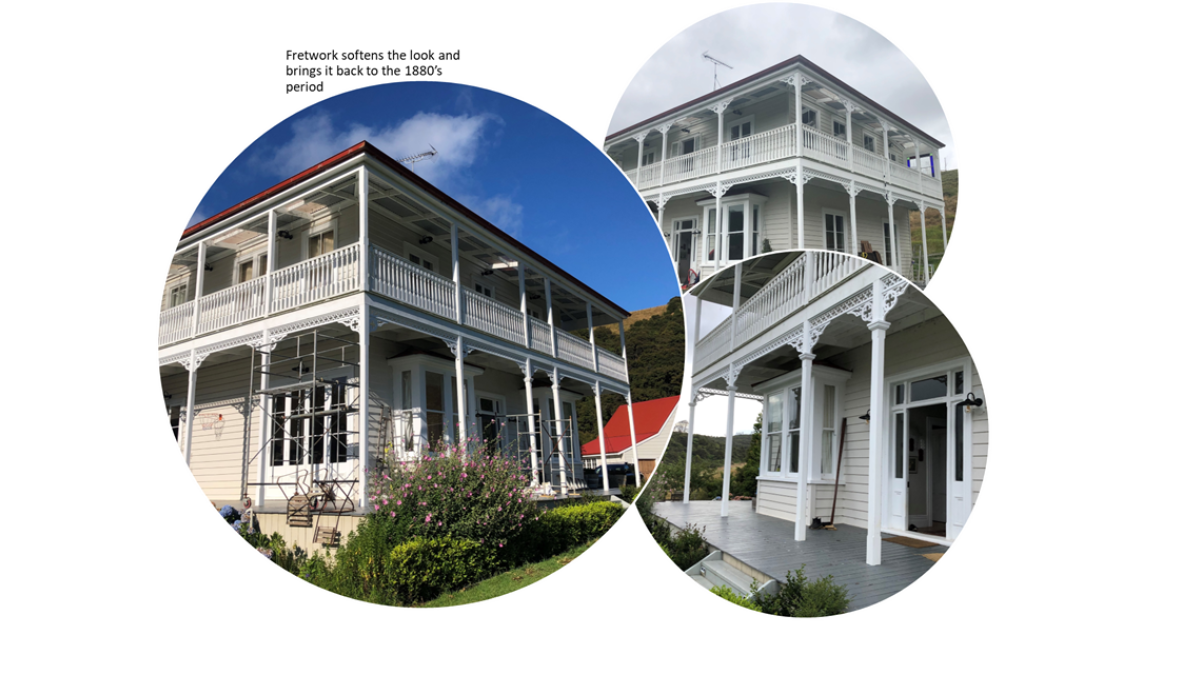
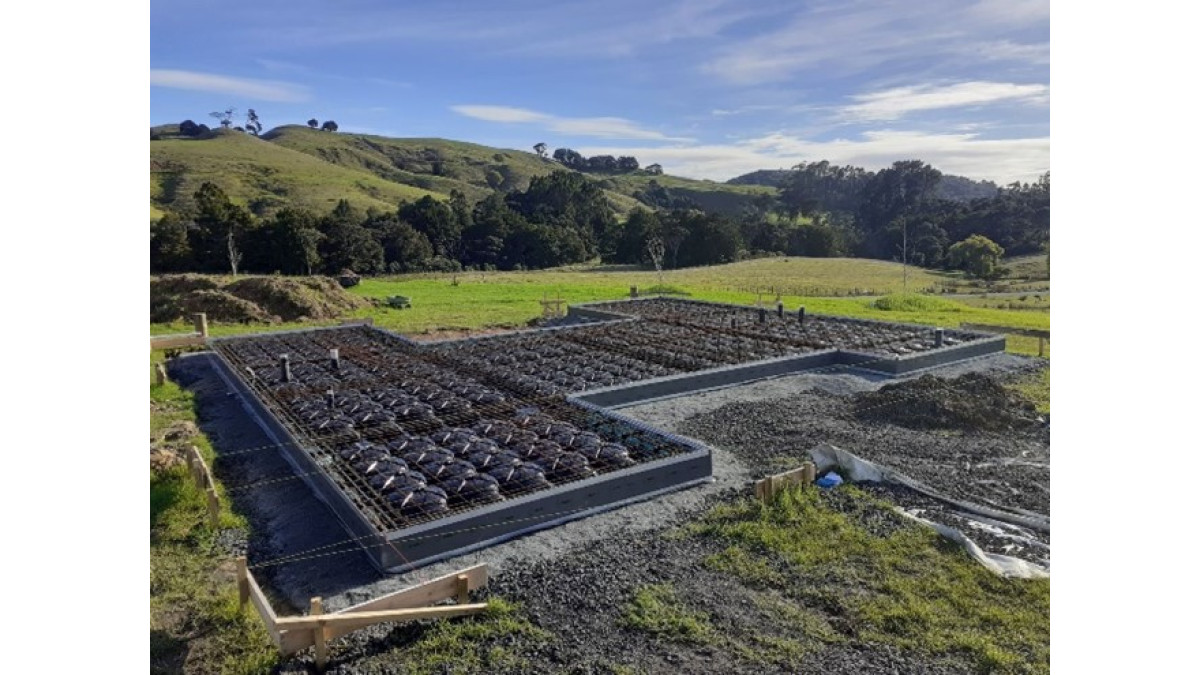

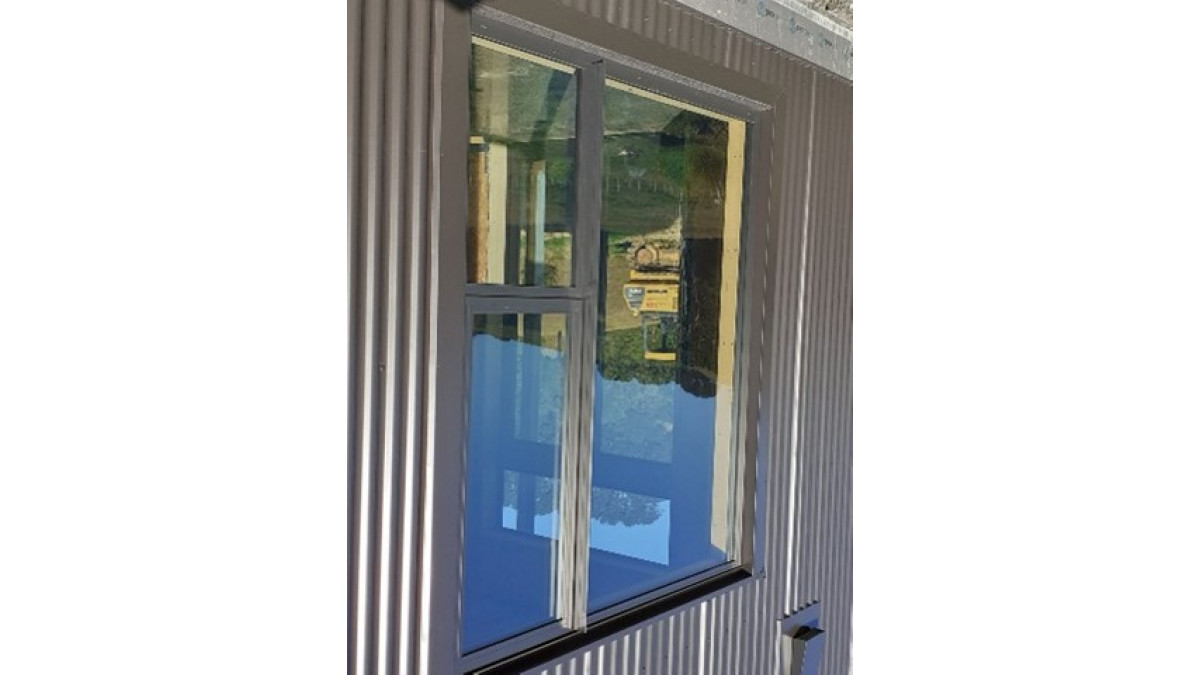



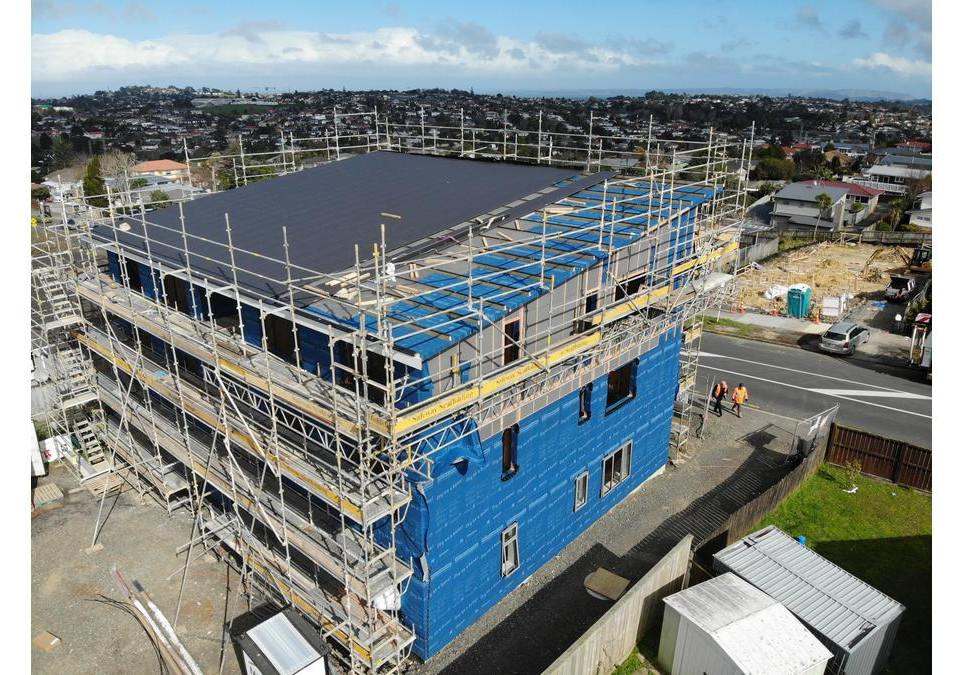


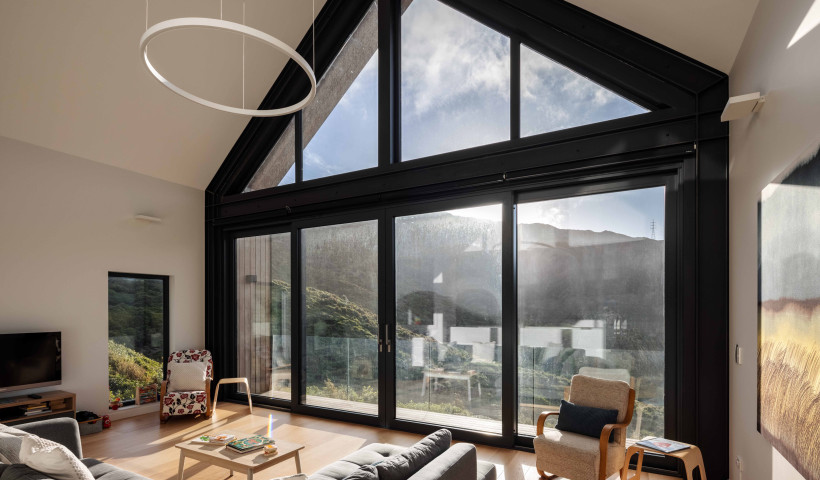
 Popular Products from pro clima
Popular Products from pro clima

 Posts by Pro Clima Technical
Posts by Pro Clima Technical
 Most Popular
Most Popular



